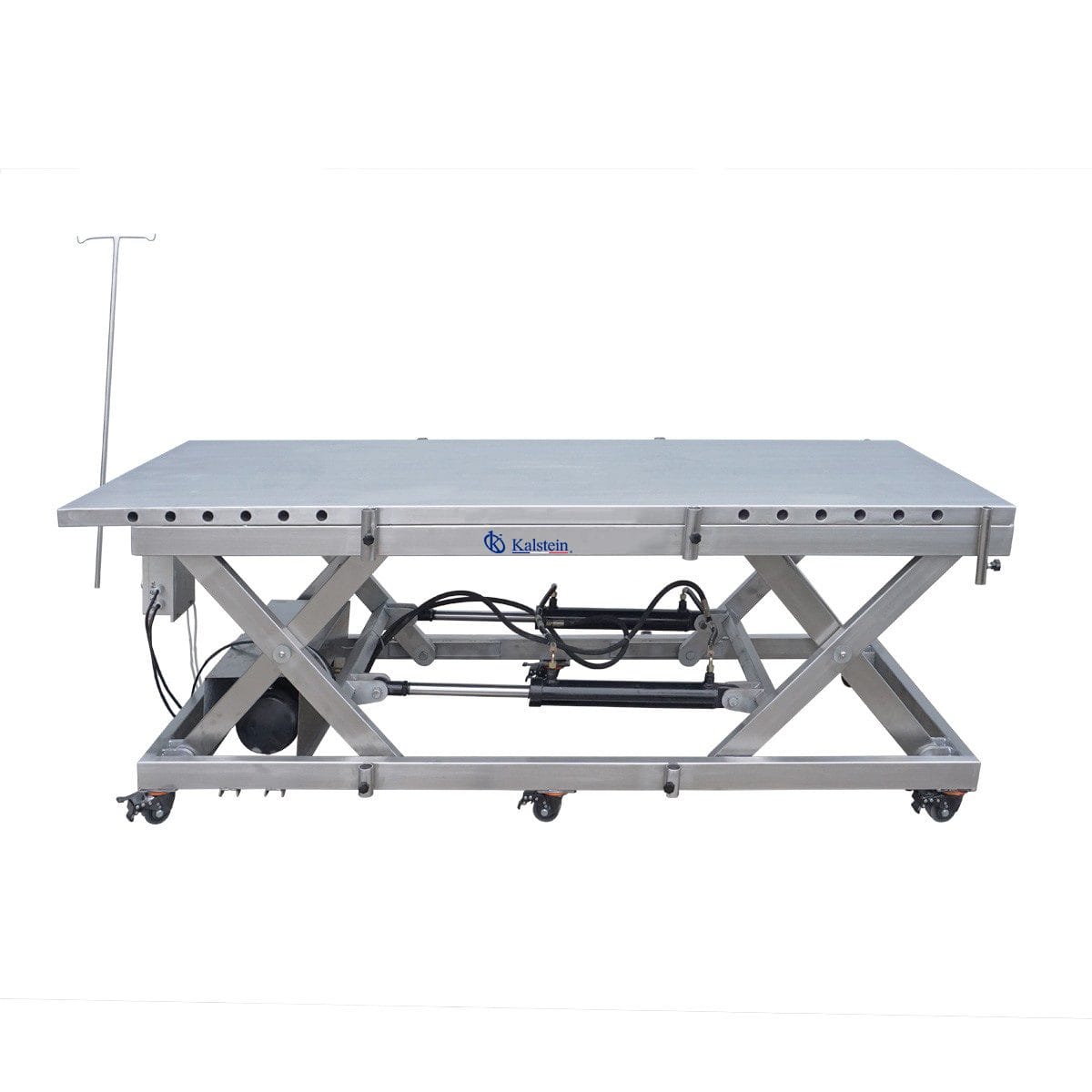The veterinary medical industry has experienced a surprising advancement in recent decades. A notable example of this evolution is the horse surgery table, an indispensable tool in modern equine surgical practice.
If you want to know the catalog of high-end products that we have for you at KALSTEIN, visit us at https://kalstein.co.nz/category-product/veterinary-sector/veterinary-operating-tables/ We also assure you that through our online PURCHASE channels, which are very easy and viable, you will find the best PRICES on the market. Remembering that we are a MANUFACTURING Company of high-level Laboratory Equipment for SALE. https://kalstein.co.nz/
The First Equine Surgery Tables: Significant Dates in History
In the dawn of veterinary medicine, horse surgeries were performed without specialized equipment. This posed great risks for the wellbeing and life of the animal. By the mid-20th century, the first horse surgery tables began to appear. These rudimentary equipment pieces slowly improved as technology advanced and the need for safer, more efficient surgical procedures grew.
Today, the equine surgery table includes multiple features designed to provide maximum safety and comfort for the animal. The equipment also includes advanced support systems to protect the horse’s organs and prevent injuries during the surgical procedure.
Applications and Benefits of the Modern Equine Surgery Table
The use of the equine surgery table has revolutionized veterinary practice. It allows for a wide range of procedures, from orthopedic interventions to invasive surgery. The benefits are numerous, improving patient and surgeon safety, reducing surgery duration, and mitigating the risk of complications. Moreover, the use of this tool contributes to a faster and less painful recovery process for the horse.
The Future of the Equine Surgery Table
The evolution of the equine surgery table does not stop. With the emerging era of artificial intelligence and robotics, it is plausible to imagine a future where equine surgery tables could be remotely controlled to perform surgical procedures with even greater precision. Additionally, the adoption of lighter and more durable materials is expected to become more frequent, extending the lifespan of these equipment pieces and, ultimately, improving veterinary care.
In summary, the evolution of the equine surgery table is a testimony to the ability of veterinary medicine to adapt and innovate. As a vital tool that has changed to meet the increasing demands of veterinary care, the equine surgery table not only reflects the past, but also signals a direction for the future.

